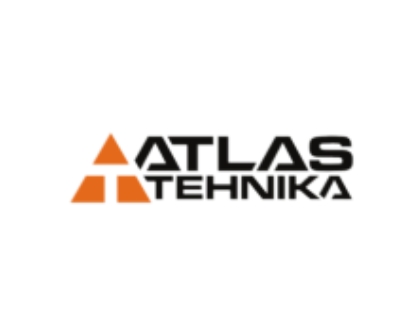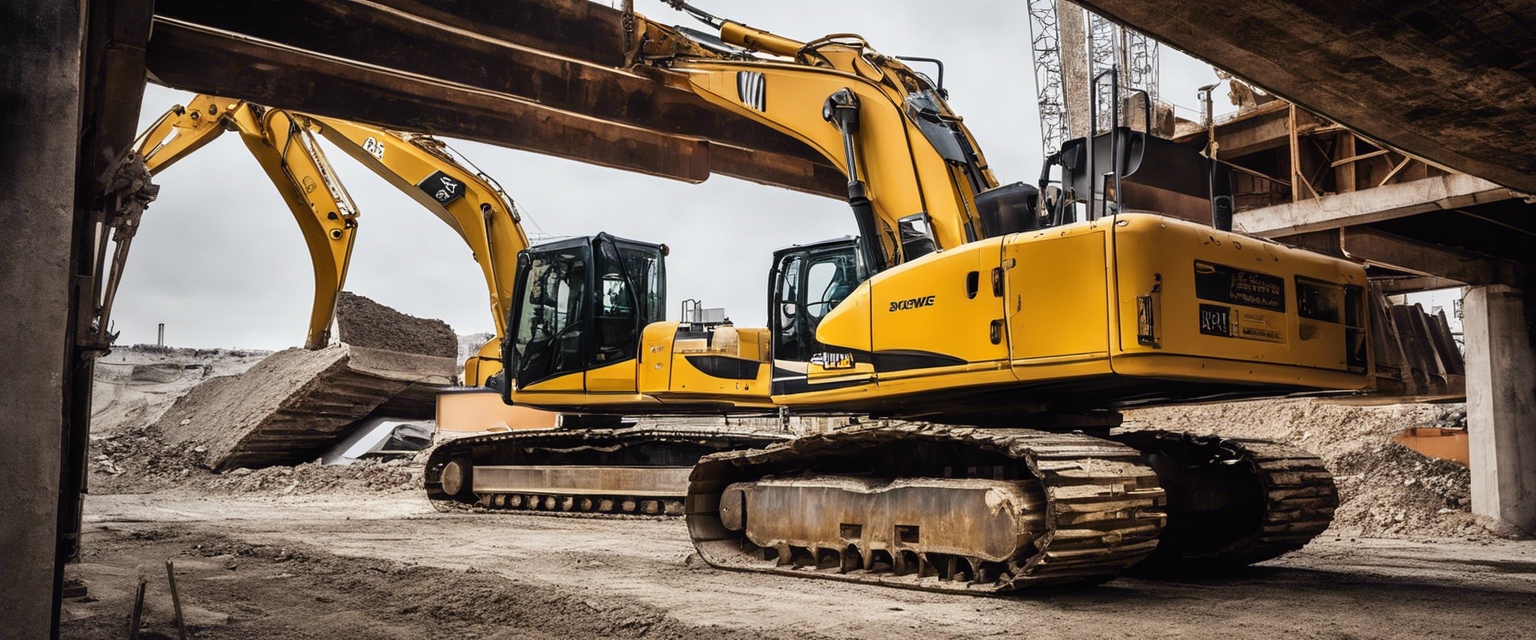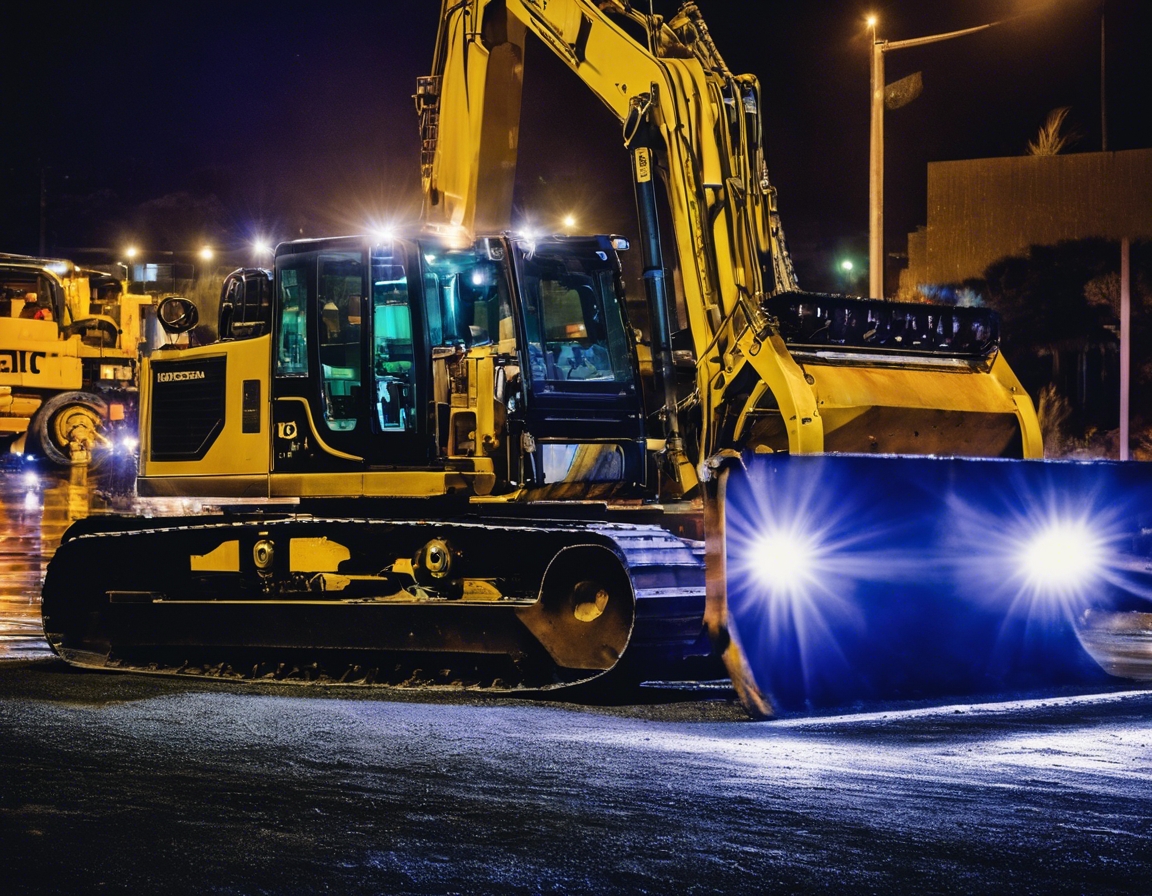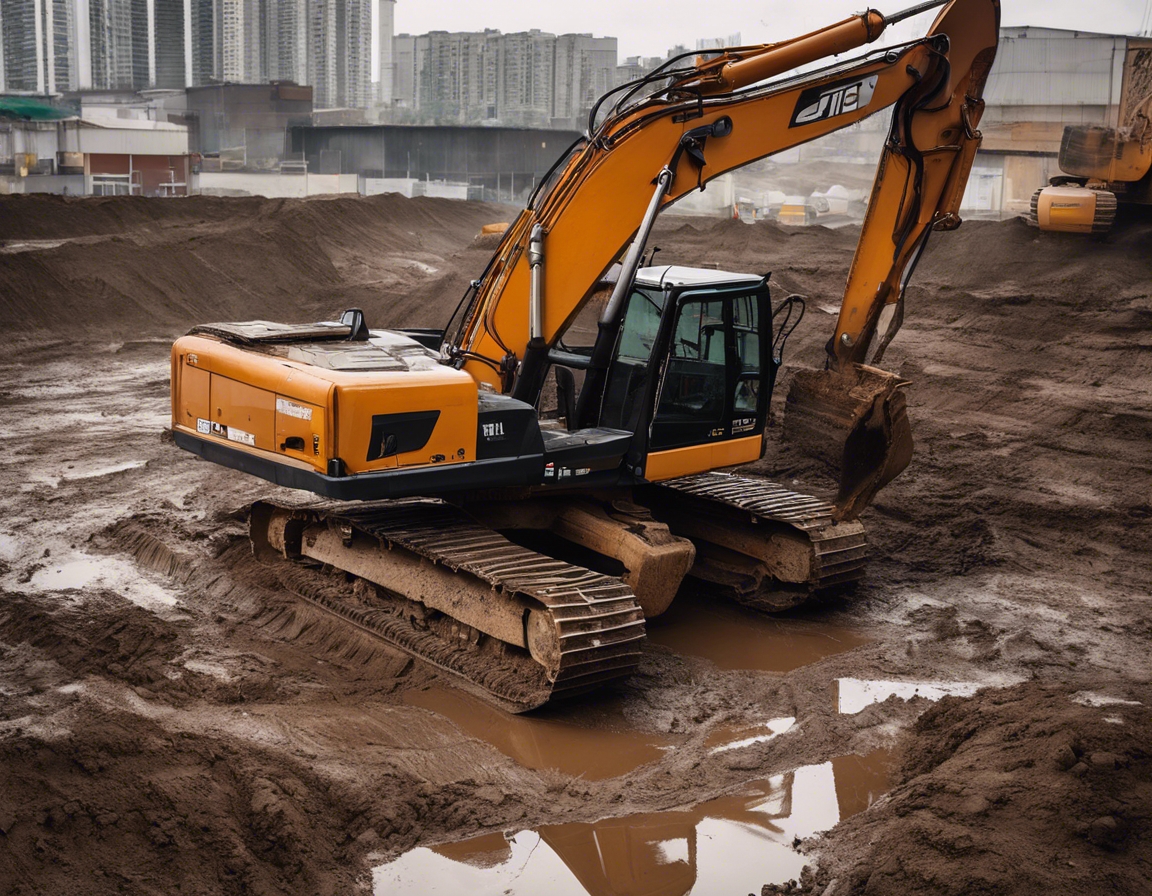The ultimate guide to maintaining your construction machinery
Maintaining construction machinery is not just about fixing problems as they arise; it's a proactive approach to preventing issues and ensuring optimal performance. Regular maintenance is crucial for the longevity and reliability of your equipment, directly impacting project timelines and overall costs.
Proper maintenance can significantly extend the life of your construction machinery. By addressing minor issues before they become major, you can avoid costly downtime and extend the time between replacements.
Understanding Your Machinery
From excavators and backhoes to cranes and bulldozers, each type of construction machinery has unique maintenance needs. Understanding these needs is the first step in developing an effective maintenance plan.
Always refer to the manufacturer’s guidelines for specific maintenance schedules and procedures. These recommendations are designed to keep your machinery running at peak performance.
Preventive Maintenance Strategies
Conducting regular inspections and monitoring systems can help identify potential issues before they escalate. This includes checking fluid levels, hoses, belts, and electrical systems.
Cleaning your machinery is not just about aesthetics; it prevents the buildup of debris that can cause damage. Lubrication reduces friction and wear on moving parts, which is essential for the smooth operation of your equipment.
Components of machinery naturally wear out over time. Identifying and replacing worn parts is a key aspect of preventive maintenance.
Corrective Maintenance Tactics
Knowing the most common issues that can occur with your machinery allows for quicker diagnosis and repair. This includes hydraulic leaks, engine failure, and transmission problems.
When a problem arises, deciding whether to repair or replace a part is crucial. Consider factors such as cost, age of the machinery, and the severity of the issue.
Record Keeping and Documentation
Keeping detailed records of maintenance activities helps track the health of your machinery and can be invaluable for warranty claims and resale value.
Advancements in technology have made it easier to track and schedule maintenance tasks. Utilizing software can help streamline the process and ensure no task is overlooked.
Training and Safety
Properly trained operators can significantly reduce the risk of machinery damage. Training should include best practices for operation as well as routine maintenance tasks.
Safety should always be the top priority during maintenance. This includes following lockout/tagout procedures and wearing appropriate personal protective equipment.
Partnering with Maintenance Experts
Some maintenance tasks require specialized knowledge and equipment. Knowing when to call in experts can save time and ensure the job is done correctly.
Outsourcing maintenance to professionals can provide peace of mind, access to specialized expertise, and potentially lower overall maintenance costs.






Comments (0)